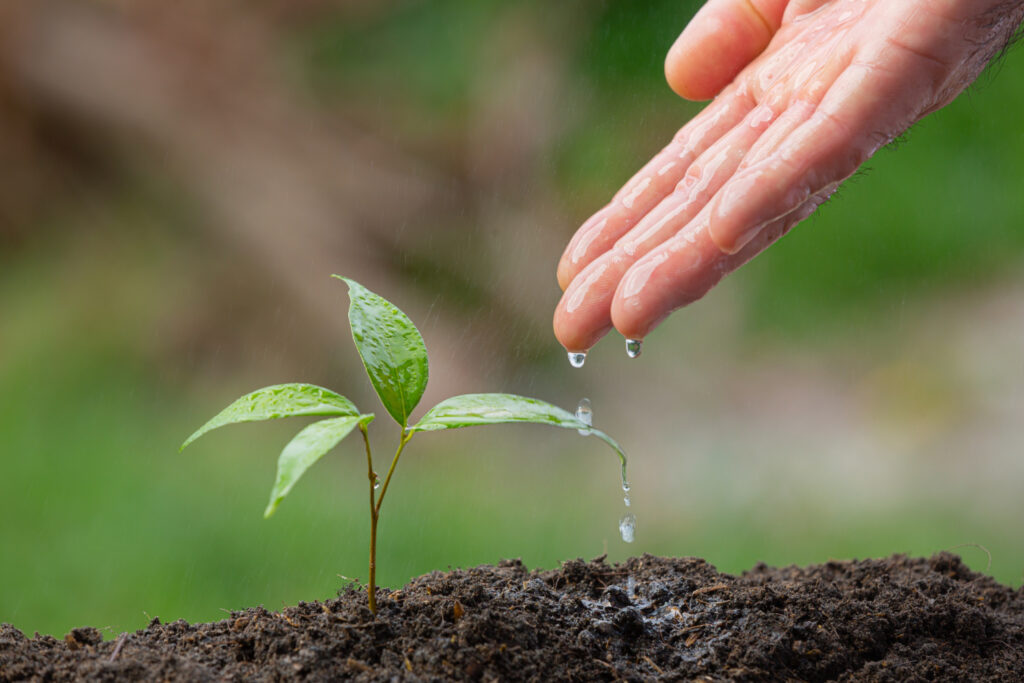Introduction: Unleashing Nature’s Potential
In the wonderful world of gardening the technique of propagation opens many possibilities for gardeners, allowing them to increase the number of their favorite plants preserve the heirloom varieties, and encourage new growth from treasures already in their gardens. It can be done through cuttings, seeds, or division, or even grafting the process of propagation is an opportunity for imagination, experimentation, and the never-ending cycles of growth. In this article, we will unravel the mysteries of propagation for plants, and help the reader to plant new seeds with confidence and delight.

1. Embracing Plant Propagation Techniques
Plant propagation covers a wide range of techniques which are each appropriate to a specific species of plants, their growth habits, and the environment. The most common methods are:
- Seed Propagation: Growing plants using seeds is a thrilling journey from germination to maturation, permitting you to experience the fascinating world of plant genetics and the diversity of their species.
- Stem Cuttings: Harvesting cuttings from established, healthy plants and planting them in water or soil is a quick and efficient method of propagating various woody and herbaceous species.
- Division: The process of dividing the mature plant into small segments is an easy way of propagating perennials, grasses, and clumping plants. This allows you to grow your garden and share the plants with other gardeners.
- Layering: Getting branches or stems to grow but remain connected to the plant’s parent is a technique of propagation that works for a variety of vines and shrubs.
- Grafting: Bringing two distinct parts of the plant into an unifying plant lets you combine desirable traits like resistance to disease or the quality of your fruit.
2. Storage and collection of seeds
If you are collecting seeds to propagate Choose healthy, mature specimens from plants that display desirable characteristics like strength, color of flowers, or quality of the fruit. The seeds should be allowed to mature on the plant before harvesting. Then, dry them completely before storing them in a dry, cool area. Label the seeds with care to avoid confusion. Utilize them during their viability time to ensure that they germinate properly.
3. Making successful Cuts
To ensure that your cuttings are successful ensure that you select healthy and disease-free stems from your parent plant. Use the clean and sharp pruners to create a clean cut at the level of a node and leaf join. Take off lower leaves to reveal the node at which roots will develop, and then dip the cutting into the hormone that stimulates root growth (if you wish to) and then plant it in a drainage-friendly rooting medium. Keep the cuttings warm and moist and provide gentle bottom heat as much as feasible, until roots grow and new growth appears.
4. Dividing Plants With Care
Dividing plants is an easy and effective method for propagation for many perennials as well as ornamental grasses. Take the parent plant and then use a sharp knife or garden spade to divide it into smaller pieces making sure that each division is healthy and has strong roots and shoots. Replant divisions quickly in well-prepared soil and water well to encourage the establishment of new growth.
5. Experimenting and learning
Plant propagation is an art form as the science behind it and it is essential to experiment before understanding its methods. Be open to experimentation and trial Don’t be scared to test new methods or modify existing methods to your specific needs and preferences. Keep detailed notes of your efforts to propagate taking note of your successes, mistakes, and observations made along the way to increase your knowledge and improve your abilities as time passes.
6. Sharing the Bounty
One of the best parts of propagation is the possibility of sharing what you have cultivated with friends. Through gifting cuttings from your rooted garden dividing plants to friends and neighbors or even hosting exchanges and swaps of plants sharing your passion for plants creates connections, strengthens communities, and helps spread the enjoyment of gardening across the globe.
Conclusion: Cultivating New Growth and Creating Joy
Plant propagation is a voyage of exploration, inspiration, and renewal. It offers many opportunities to grow new plants and share the wonder of nature with other people. When you embrace a variety of techniques for propagation, capturing and conserving seeds with care making successful cuttings and dividing plants with care engaging in experiments, and learning how to unlock the potential of propagation for plants and create joy in your garden and beyond.
Enjoy your propagation and can your garden flourish with endless beauty and plenty of new sprouts!
Checkout: Top Free Home Gardening Books